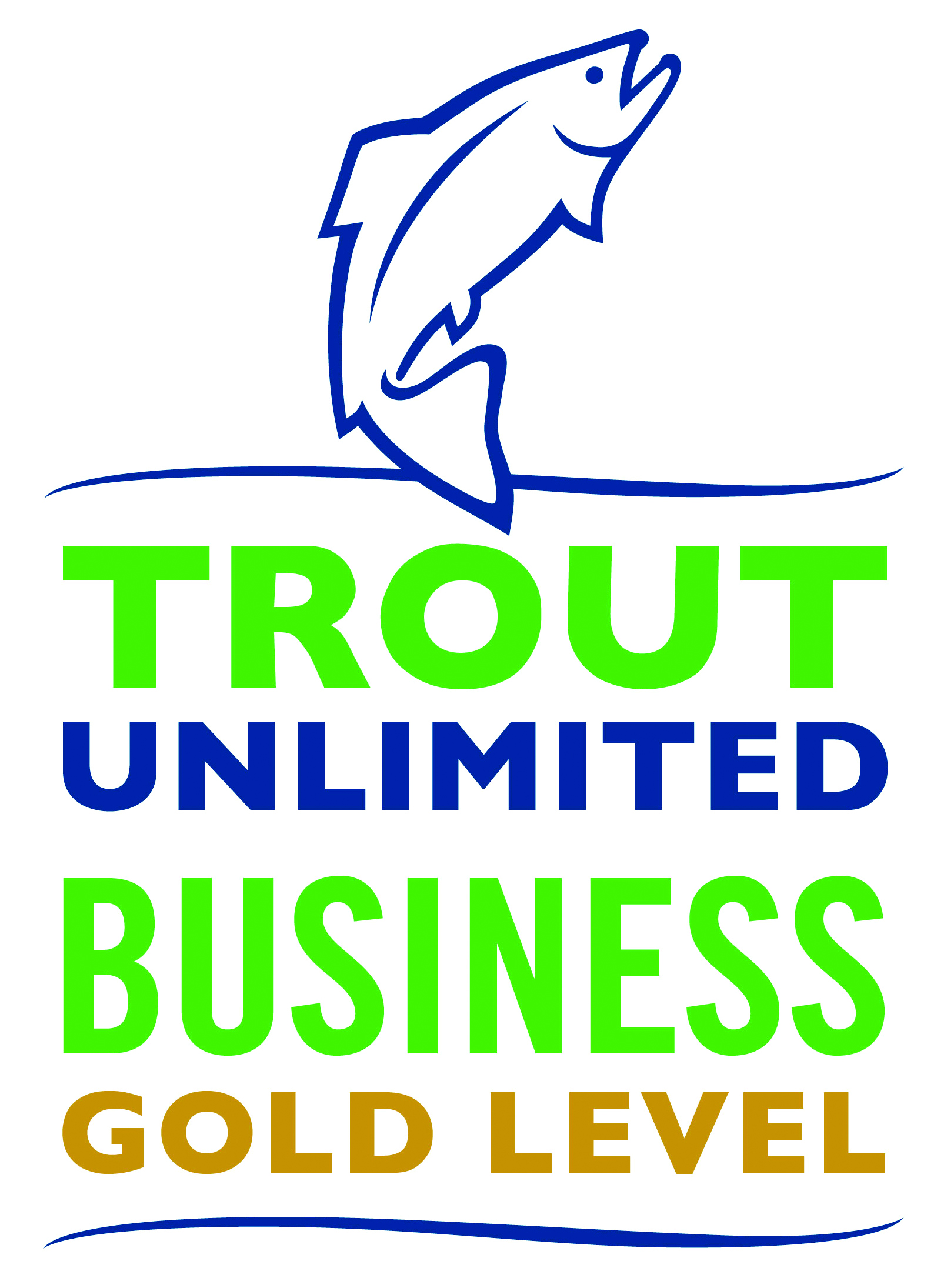
 I spent my birthday up in the Smokies and had a big time with a couple of buddies up there. We stayed at Cades Cove Sunday night and it was a blast. We fished the North Prong of Little River that afternoon and fishing was good. River was up from recent rain from the passing tropical storm but fished decent with dredge rigs of leeches and pheasant tails. Mostly rainbows but got more browns as it got darker and the rain started again. It poured most of Sunday night and the rivers up in the park were running high and chocolate milk colored. We salvaged the day by packing up and spending the rest of the day on the lower Nantahala below the powerhouse. Fishing was good for holdover and even wild rainbows down there fishing bank side pockets and seams. They were not hunkered down in that recreational release flow and fed in the top half of the water column, perhaps for emerging BWO's that were coming off. We were catching them on small Frenchies and a few on a Zelon Caddis emerger. It's interesting you can catch them even with rafts and kayaks constantly going over them. Dark thirty never really happened like I was hoping but I dredged with a golden stone nymph and hooked several in the last hour, including a large brown who got in heavy current and eventually got off. It was a fun way to spend my 21st birthday here on planet Earth!
I spent my birthday up in the Smokies and had a big time with a couple of buddies up there. We stayed at Cades Cove Sunday night and it was a blast. We fished the North Prong of Little River that afternoon and fishing was good. River was up from recent rain from the passing tropical storm but fished decent with dredge rigs of leeches and pheasant tails. Mostly rainbows but got more browns as it got darker and the rain started again. It poured most of Sunday night and the rivers up in the park were running high and chocolate milk colored. We salvaged the day by packing up and spending the rest of the day on the lower Nantahala below the powerhouse. Fishing was good for holdover and even wild rainbows down there fishing bank side pockets and seams. They were not hunkered down in that recreational release flow and fed in the top half of the water column, perhaps for emerging BWO's that were coming off. We were catching them on small Frenchies and a few on a Zelon Caddis emerger. It's interesting you can catch them even with rafts and kayaks constantly going over them. Dark thirty never really happened like I was hoping but I dredged with a golden stone nymph and hooked several in the last hour, including a large brown who got in heavy current and eventually got off. It was a fun way to spend my 21st birthday here on planet Earth!Landon














